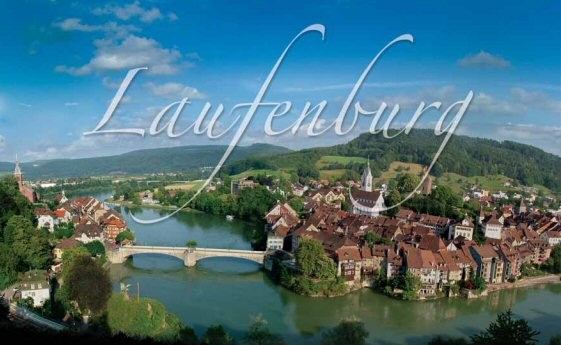The Rhine water flows through the riverbed here at up to 4,000 cubic metres of water per second. At the narrowest point was a gorge only 12m wide, with the famous rapids, the "Louffen". A settlement called "Louffen" also developed here. Laufenburg was founded by the Habsburgs at the end of the 12th century. The Laufenburg Rhine bridge was the earliest and for a long time the most important river crossing on the Upper Rhine. In 1315 Laufenburg was granted Austrian town charter. The town remained loyal to the Habsburgs for over 600 years and experienced its heyday as the seat of the court and administration under Maria Theresa in the middle of the 18th century. Napoleon divided the city in 1802, with Laufenburg on the left bank of the Rhine being assigned to the newly founded canton of Aargau. The smaller, northern part was henceforth subject to the Grand Duchy of Baden. The Laufen was blown up in 1908 and the Rhine was dammed to generate electricity.

Today, 2100 inhabitants live in the Swiss part of Laufenburg and 8500 in the Baden part.
View from the Schlossberg (with castle ruins) of Laufenburg in Baden.
Entrance to the courthouse
Pictures of Maria Theresa and her husband Franz I Stefan still hang in the courtroom.
The Wasentor (city entrance to the Wasen) served as a district prison from 1831 to 1985.
Sutlers sell their products as in the Middle Ages (of course only at special festivals).
Laufenburg was the starting point for the
